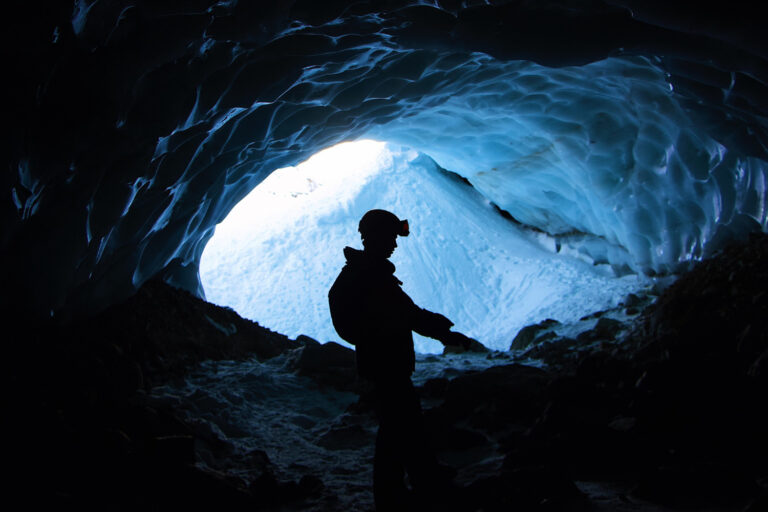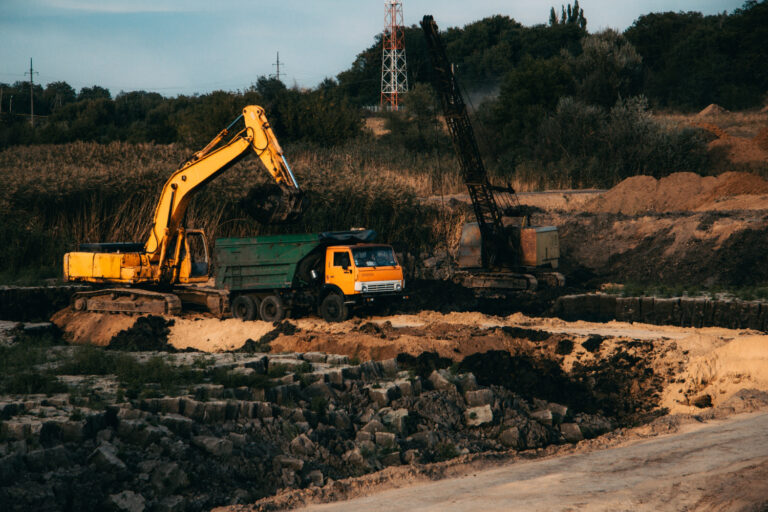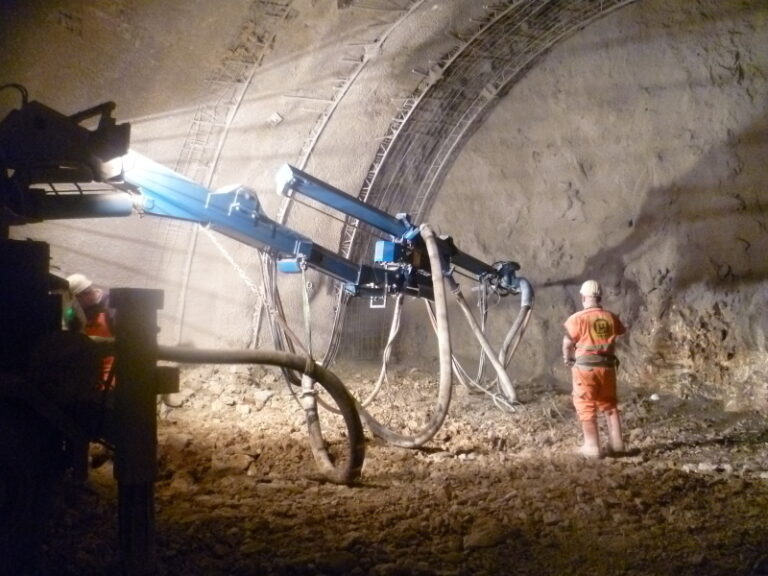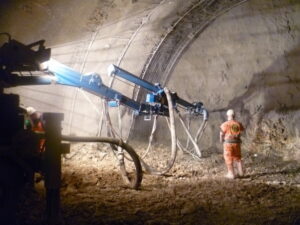Tunnel linings construction is a critical component of infrastructure development, playing a vital role in the creation of underground transportation networks, utility corridors, and mining operations. These intricate structures serve as the protective shell that safeguards the integrity of the tunnel and ensures the safety of those who traverse it. As an experienced construction professional, you understand the importance of building strong foundations for successful tunnel linings projects.
Importance of Strong Foundations in Tunnel Linings Construction
The foundation of a tunnel lining construction is the bedrock upon which the entire structure rests. It is the crucial interface between the surrounding geological conditions and the tunnel itself, responsible for transferring the immense loads and stresses encountered during construction and operation. A well-designed and constructed foundation can mean the difference between a long-lasting, resilient tunnel and one that is prone to failures and costly repairs.
Types of Tunnel Linings Construction Methods
Tunnel lining constructed using a variety of methods, each with its own unique advantages and considerations. Some of the most common techniques include:
- Cast-in-Place Concrete Linings: This method involves pouring concrete directly into the tunnel, creating a monolithic structure that conforms to the shape of the excavation.
- Precast Concrete Segments: Segments are manufactured off-site and then assembled within the tunnel, allowing for faster construction and more precise quality control.
- Steel Liner Plates: These prefabricated steel plates are installed within the tunnel and then grouted to create a durable lining.
- Shotcrete Linings: Also known as sprayed concrete, shotcrete is applied directly to the tunnel walls, creating a strong, seamless lining.
Key Considerations for Successful Tunnel Linings Construction
Ensuring the success of a tunnel linings construction project requires careful attention to a variety of factors, including:
- Geological and geotechnical conditions: Understanding the soil, rock, and groundwater characteristics of the site is crucial for designing the appropriate foundation and lining system.
- Load and stress analysis: Accurately modeling the loads and stresses that will be exerted on the tunnel lining during construction and operation is essential for proper structural design.
- Construction methods and sequencing: Selecting the most suitable construction technique and carefully planning the construction sequence can optimize efficiency and minimize disruptions.
- Quality control and assurance: Implementing rigorous quality control measures throughout the construction process is vital for ensuring the long-term durability and safety of the tunnel lining.
Benefits of Using Mining Shotcrete Solutions in Tunnel Linings Construction
One innovative approach to tunnel linings construction is the use of mining shotcrete solutions. Shotcrete, a specialized type of sprayed concrete, offers several advantages for tunnel linings projects:
- Rapid application: Shotcrete can be applied quickly, allowing for faster construction progress and reduced downtime.
- Adaptability: The malleable nature of shotcrete enables it to conform to irregular tunnel geometries and accommodate changes in the geological conditions.
- Improved structural integrity: Shotcrete’s ability to bond directly to the tunnel walls and its high compressive strength contribute to the overall structural integrity of the lining.
- Enhanced durability: Properly formulated shotcrete mixes can provide increased resistance to weathering, chemical attack, and other environmental stresses.
Case Studies of Successful Tunnel Linings Construction Projects
To illustrate the principles of successful tunnel linings construction, let’s examine a few case studies:
- The Gotthard Base Tunnel, Switzerland: This 35-mile-long railway tunnel, the longest and deepest of its kind, utilized a combination of cast-in-place concrete and shotcrete linings to navigate challenging geological conditions and achieve a high level of safety and reliability.
- The Yucca Mountain Nuclear Waste Repository, USA: In this ambitious project, the use of a sophisticated shotcrete lining system, combined with advanced monitoring and quality control measures, enabled the construction of a secure, long-term storage facility for radioactive waste.
- The Crossrail Project, United Kingdom: The construction of this extensive underground rail network in London involved the extensive use of precast concrete segments, which allowed for rapid installation and minimized disruptions to the surrounding urban environment.
Best Practices for Ensuring Quality and Durability in Tunnel Linings Construction
Maintaining the highest standards of quality and durability in tunnel linings construction is essential for the long-term performance and safety of these critical infrastructure assets. Some of the best practices for achieving this include:
- Comprehensive geotechnical investigations: Conducting thorough site assessments and soil/rock analysis to inform the design and construction of the tunnel lining foundation.
- Rigorous structural design and analysis: Employing advanced modeling and simulation techniques to accurately predict the loads and stresses that the tunnel lining will encounter.
- Stringent quality control measures: Implementing a robust quality assurance program that includes material testing, construction monitoring, and regular inspections.
- Continuous monitoring and maintenance: Developing a comprehensive maintenance plan that includes regular inspections, condition assessments, and timely repairs to address any emerging issues.
Innovations in Tunnel Linings Construction Technology
The field of tunnel linings construction is constantly evolving, with new technologies and techniques emerging to enhance efficiency, safety, and sustainability. Some of the innovative developments include:
- Automated shotcrete application systems: These robotic systems can precisely apply shotcrete to tunnel walls, improving the consistency and quality of the lining.
- Fiber-reinforced concrete: The addition of synthetic or steel fibers to the concrete mix can significantly improve the lining’s tensile strength and resistance to cracking.
- Intelligent monitoring systems: Advanced sensors and data analytics can provide real-time insights into the structural health of the tunnel lining, enabling proactive maintenance and repair strategies.
- Sustainable materials: The use of eco-friendly materials, such as recycled aggregates or low-carbon cement, can reduce the environmental impact of tunnel linings construction.
Challenges and Solutions in Tunnel Linings Construction
Despite the advancements in tunnel linings construction, there are still numerous challenges that must be addressed. Some of the common challenges and their corresponding solutions include:
- Unpredictable Geological Conditions: Adapting construction methods and materials to accommodate unexpected ground conditions, such as fault lines or high groundwater levels, is crucial. Incorporating flexible and adaptable lining systems, like shotcrete, can help overcome these challenges.
- Logistical Complexities: Coordinating the transportation of materials, equipment, and personnel in confined, underground environments can be a significant logistical hurdle. Careful planning, efficient site management, and the use of modular or prefabricated components can help streamline the construction process.
- Safety Concerns: Ensuring the safety of workers and the public during tunnel linings construction is of utmost importance. Comprehensive safety protocols, robust training programs, and the use of advanced personal protective equipment (PPE) can help mitigate these risks.
- Environmental Impact: Minimizing the environmental footprint of tunnel linings construction, from material sourcing to waste management, is an increasingly important consideration. Adopting sustainable construction practices, such as the use of recycled materials and energy-efficient equipment, can help address this challenge.
Conclusion: The Future of Tunnel Linings Construction
As the demand for underground infrastructure continues to grow, the importance of tunnel linings construction will only become more pronounced. By focusing on the development of strong foundations, leveraging innovative technologies, and adhering to best practices, construction professionals like yourself can help shape the future of this critical field. By doing so, you will not only contribute to the creation of safer, more resilient tunnels but also play a vital role in the advancement of modern infrastructure development.






